Flowing 2,140 km/1,330 miles through Colombia and Venezuela, the Orinoco is one of South America's longest rivers, with more than 1,000 freshwater fish species, many of which are exported as aquarium fish.
Livebearers
The drainage is not speciose with regard to livebearers, with less than 30 species recorded from here. Many of them are commonly encountered in the trade, although the Guppy (Poecilia reticulata) and Micropoecilia picta (pictured above) are notable exceptions.
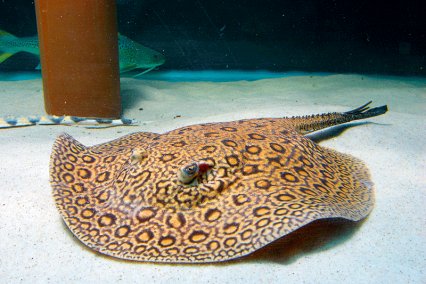
Stingrays
Some potamotrygonid stingrays found in the aquarium trade can be found in the Orinoco river drainage. This includes the Rosette river stingray (Potamotrygon schroederi) which is among the 12 species of rays, both marine and freshwater, known from this drainage.

Electric fishes
The electric fishes or gymnotiforms are amply represented in the drainage, with some 60 species being recorded from there. Many of these encountered in the trade, such as Gymnotus carapo and its relatives, are also found in the Amazon river drainage.
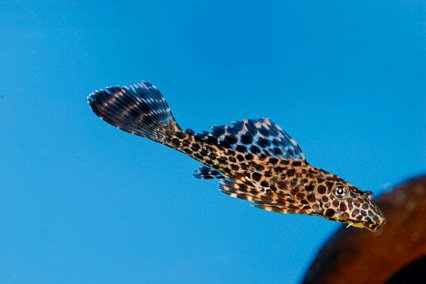
Plecs
The Orinoco river drainage is the largest source of this popular group of aquarium fishes after the Amazon drainage. With at least 85 described species, and many more undescribed, recorded, the Orinoco has much to offer, including this Pterygoplichthys gibbiceps.

Bony tongues
Two species of arowana (the silver, Osteoglossum bicirrhosum, and black, O. ferreirai) have been recorded from the Orinoco drainage. However, the area is not the primary source of these species for the aquarium trade — this being the Amazon river drainage.

Characins
Although many characins found in the trade are commercially bred, many more come from the wild. The Orinoco drainage is home to more than 400 species, making them the largest group known there. They range from tiny tetras to massive species like this pacu.

Catfishes
The Orinoco is home to more than 300 species of catfishes, which, after tetras, is the largest group of fishes in this drainage. Sizes range from the 2cm/0.8” (Hoplomyzon papillatus) to a 3.6m/12’ (Brachyplatystoma filamentosum) and include everything between! At least 20 species of Corydoras are recorded. Corydoras habrosus (above) is one of the smallest members of the genus, reaching to only 4cm/1.6” in length.
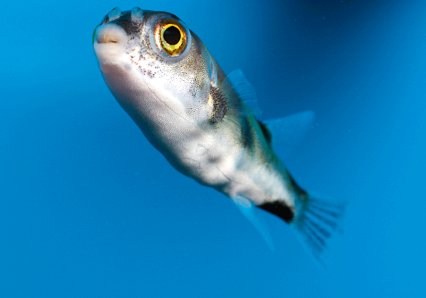
Puffers
The Amazon puffer (Colomesus asellus), as its name implies, is also known from the Amazon drainage and one of three species known from the Orinoco. Often thought ideal for the community tank, its fin-nipping tendencies require a careful choice of tank mate — if any.

Cichlids
The cichlids form the majority of the perch-like (perciform) fishes found in the drainage and, with more than 60 species found here, is the third most speciose family. Some, such as this Yellow acara (Aequidens metae), are endemic to this drainage.
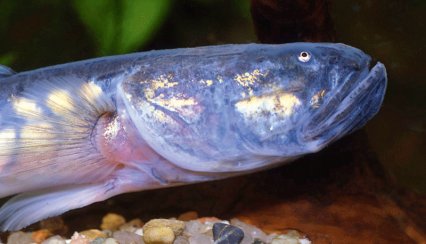
Gobies
The Orinoco river has a low goby diversity and only six species have been recorded from there. Only one, the Dragon goby (Gobioides broussonetti), is encountered with any kind of regularity in the aquarium trade.
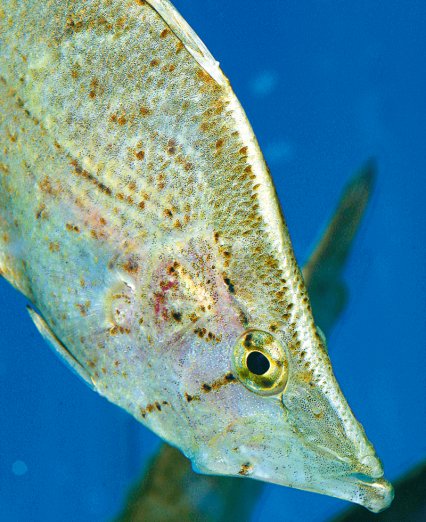
Leaf fishes
There are two species of polycentrid leaf fishes known from the Orinoco drainage – Monocirrhus polyacanthus (above) and Polycentrus schomburgkii. These ambush predators and masters of disguise are frequently encountered in the aquarium trade.
Why not check out our other features in this series:
Where in the world: The Amazon
Where in the world: The Fly river
Where in the world: The River Niger
Where in the world: The Parana River
If you enjoyed this article, why not take out a subscription to Practical Fishkeeping magazine? Check out our latest subscription offer.







